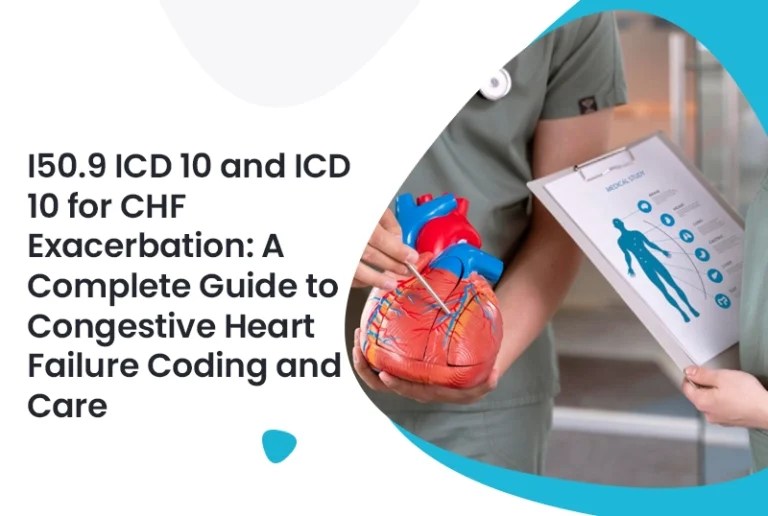In an increasingly complex healthcare landscape, how does an individual move from merely receiving a diagnosis to actively shaping their health trajectory? This pivotal shift, encapsulated by the phrase "taking control of your health," represents a profound evolution in patient engagement, particularly as diagnostic precision, exemplified by codes like ICD-10, and conditions such as Premature Ventricular Contractions (PVCs), become integral to the medical dialogue.
Editor's Note: Published on June 13, 2024. This article explores the facts and social context surrounding "pvc icd 10 taking control of your health".
Setting the Stage
The journey towards proactive health management often begins with an understanding of one's own medical conditions and the standardized language used to describe them. Premature Ventricular Contractions (PVCs), for instance, are a common type of irregular heartbeat where the ventricles (lower chambers of the heart) contract too early. While often benign, they can sometimes indicate underlying cardiac issues or cause concerning symptoms, prompting patients to seek clarity and treatment. The classification of such conditions falls under the International Classification of Diseases, 10th Revision (ICD-10), a globally recognized system for coding diagnoses, symptoms, and procedures. This intricate system allows for the precise documentation of medical encounters, facilitating everything from treatment planning and billing to epidemiological research.
For many, encountering an ICD-10 code on a medical bill or in their health records might seem like an arcane piece of administrative detail. However, for those keen on understanding their health, these codes represent a gateway to deeper knowledge. A specific ICD-10 code for PVCs (e.g., I49.3 for Ventricular Premature Depolarization) not only categorizes the condition but also links it to a vast body of medical information, treatment protocols, and research. This initial phasefrom symptom recognition to coded diagnosislays the groundwork for informed engagement, signaling the moment when patients can begin to transition from passive recipients of care to active participants.
"Understanding the language of medicine, including diagnostic codes, is not just about patient curiosity; it's a fundamental step towards informed consent and shared decision-making. When patients grasp what their ICD-10 code signifies, they gain a powerful tool for advocacy," remarked Dr. Alistair Finch, a renowned cardiologist and advocate for health literacy.
Beyond Diagnosis
The transition from a diagnosis to a state of personal health stewardship marks a critical juncture for individuals. It involves a conscious decision to move past merely being informed, into a realm of active engagement and responsibility for one's well-being. This engagement extends far beyond adherence to prescribed medications or treatments; it encompasses a holistic approach to managing one's health, particularly in conditions that require ongoing vigilance, such as managing PVCs. The concept of "taking control" implies a multifaceted process of self-education, proactive questioning, and strategic lifestyle adjustments.
Patients are increasingly leveraging digital resources, patient support groups, and credible medical platforms to deepen their understanding of conditions like PVCs. They explore potential triggers, dietary influences, stress management techniques, and exercise regimens that could mitigate symptoms or improve overall cardiac health. This investigative spirit transforms the patient role from one of passive compliance to one of active collaboration with healthcare providers. It demands a level of critical thinking to discern reliable information from misinformation, a challenge that underscores the importance of strong foundational health literacy.
